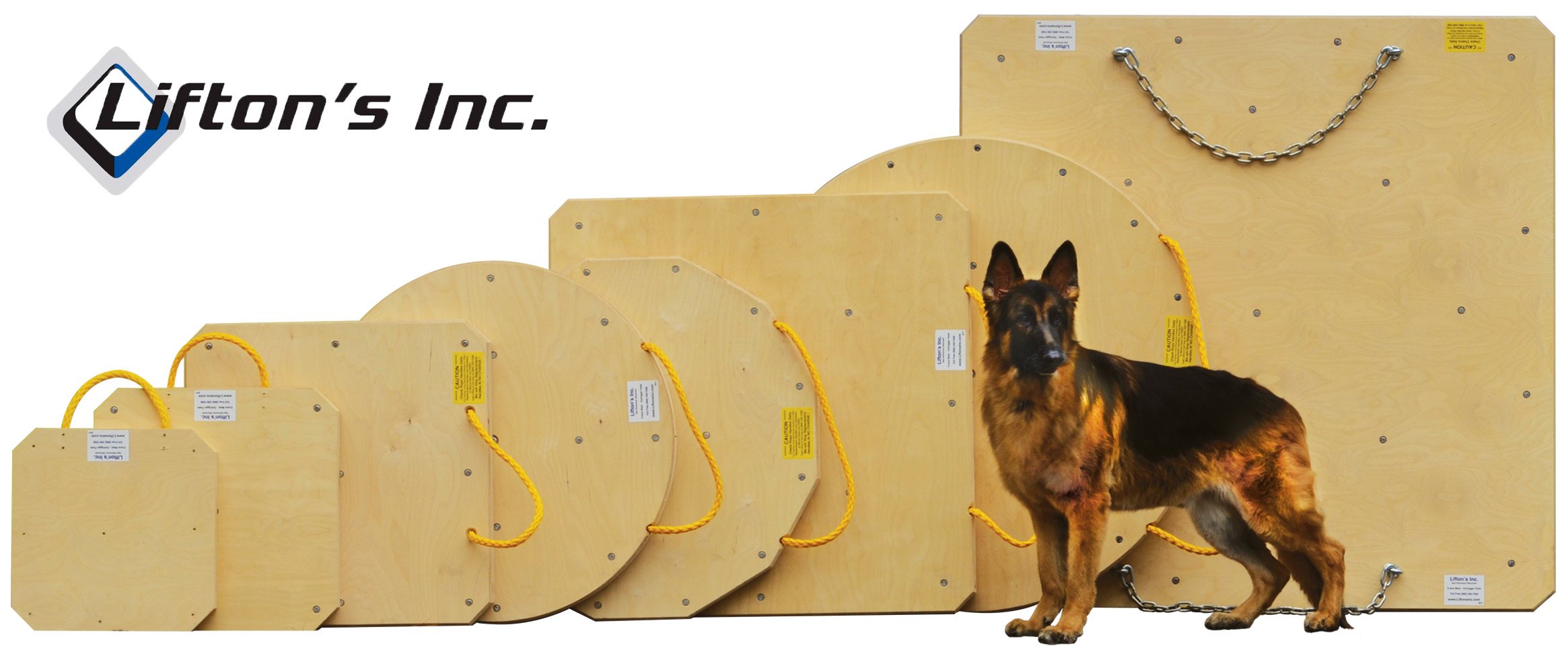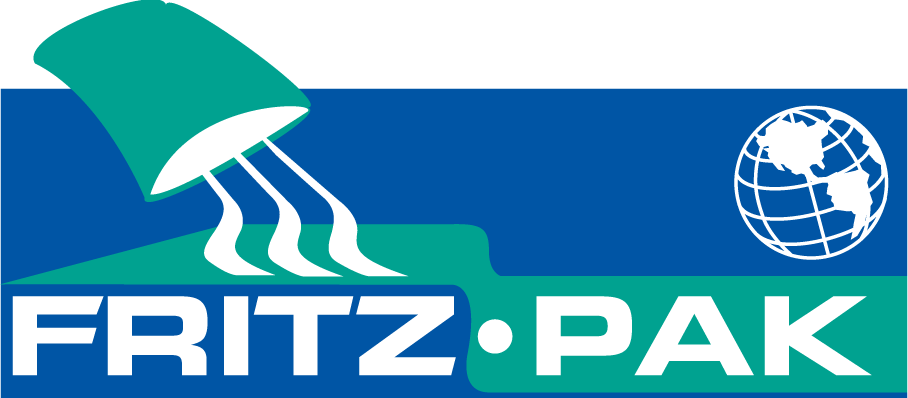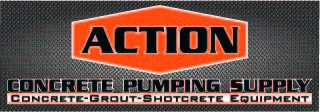How Much Hose
It is commonplace for concrete pumping contractors to be asked to add various attachments to booms in order to meet contractor's special needs. These attachments include wall pipes, tremmies, spreader bars, and hoses, to name a few. Too often, the pump operator accommodates their requests and overloads the boom. Serious boom failures have occurred as a result of this overloading. Too many operators are unaware of the weight limits of their booms.
Booms are designed for a specific weight capacity. A problem arises when the rated capacity is exceeded leaving no safety cushion if the attachment would snag on rebar or weighs more than estimated. Depending on the configuration of the boom, the cylinder would go to relief pressure (and not move further), or collapse. In the instance of spreader bars, the danger exists of the crane swinging at a different rate than the pump boom, (creating a sideload), or dropping faster than the pump boom, (dramatically increasing the weight on the tip). Wind can also cause the spreader bar to swing, placing additional unexpected side loads on the pump boom. Heavy tremmie pipes have also caused boom failures and damage.
On every newer boom there is a label or plate showing the capacity of the boom. On older booms, the capacity would be shown in the operator's manual. These weights could be as much as 400 pounds on some booms, and as little as 200 pounds on others. While the booms are able to lift additional weight above the rated capacity, a dramatically shortened service life or catastrophic failure could be the result.
Since the earliest days of boom pumps, manufacturers have been concerned about overloading their booms. Warnings not to use the boom as a lifting device were common. For many years, manufacturers and the American Concrete Pumping Association published warnings stating: "The boom may not be used as a hoist or crane". Also, the ACPA Safety Manual warns: "If you remove the supplied tip hose and replace with a combination of reducers and hoses, the total weight of all hanging pieces (including the weight of the concrete) must not exceed the weight of the supplied tip hose (including concrete). When filled with normal, hard rock concrete it weighs 376 pounds. Certain units may have a lower allowable weight and, thus, a different tip hose. The operation manual included with the unit will inform you of the specification if the unit requires a smaller than standard tip hose. It is the operator's duty to know the specification of the unit in operation".
So what's an operator to do? If the contractor requests that you reduce to a smaller line size or needs a tremmie pipe, there are ways to accommodate him and stay within acceptable weight limits.
Let's look at some possible combinations: For example if a 3 ½" or 3" hose is requested, the extra couplings, reducers, and hoses added to the existing tip hose would easily exceed the boom's capacity. If the tip hose is removed, and the reducers added to the boom tip elbow with the smaller hose coupled directly to the reducers, the substantial weight of the larger hose is eliminated. The combined weight of a 5"- 4" reducer, a 4"- 3" reducer, a 10' x 3" boom hose, plus the couplings required weighs approximately 316 pounds. A3 ½" discharge hose using a single reducer would weigh even less.
Another way to reduce weight is to use a 5" - 4" reducing elbow as the second tip elbow, eliminating the need for a 5"- 4" straight reducer. Used with a 4" x 6' boom hose, this combination allows the use of a one-ended, 4" x 10' wall pipe to eliminate concrete freefalling too far during wall pours. If the mix design permits, a 3" pipe can be used, (in lieu of the 4" pipe), when rebar spacing is too tight for the 4" pipe.
When pouring caissons or other applications requiring a longer (heavier) pipe, a crane must be used to hold the attachment. Some manufacturers have, in special instances, increased the weight allowed on the tip by modifying or eliminating the tip section. These modifications should only be done according to specifications and instructions supplied by the manufacturer
In conclusion, a concrete pumping boom is designed to lift only the end hose recommended by the Manufacturer. Any change in the system used on the boom tip must not exceed the Manufacturer's recommendations for weight. Exceeding the weights specified by the Manufacturer could result in a serious accident or death. Many options are available to keep tip weights within acceptable limits.
Written By Hotz, Chris Published by ConcretePumping.com











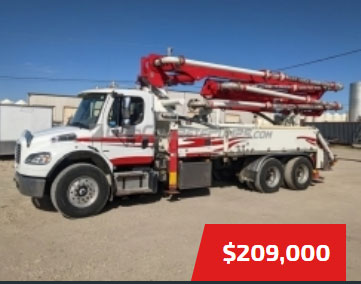




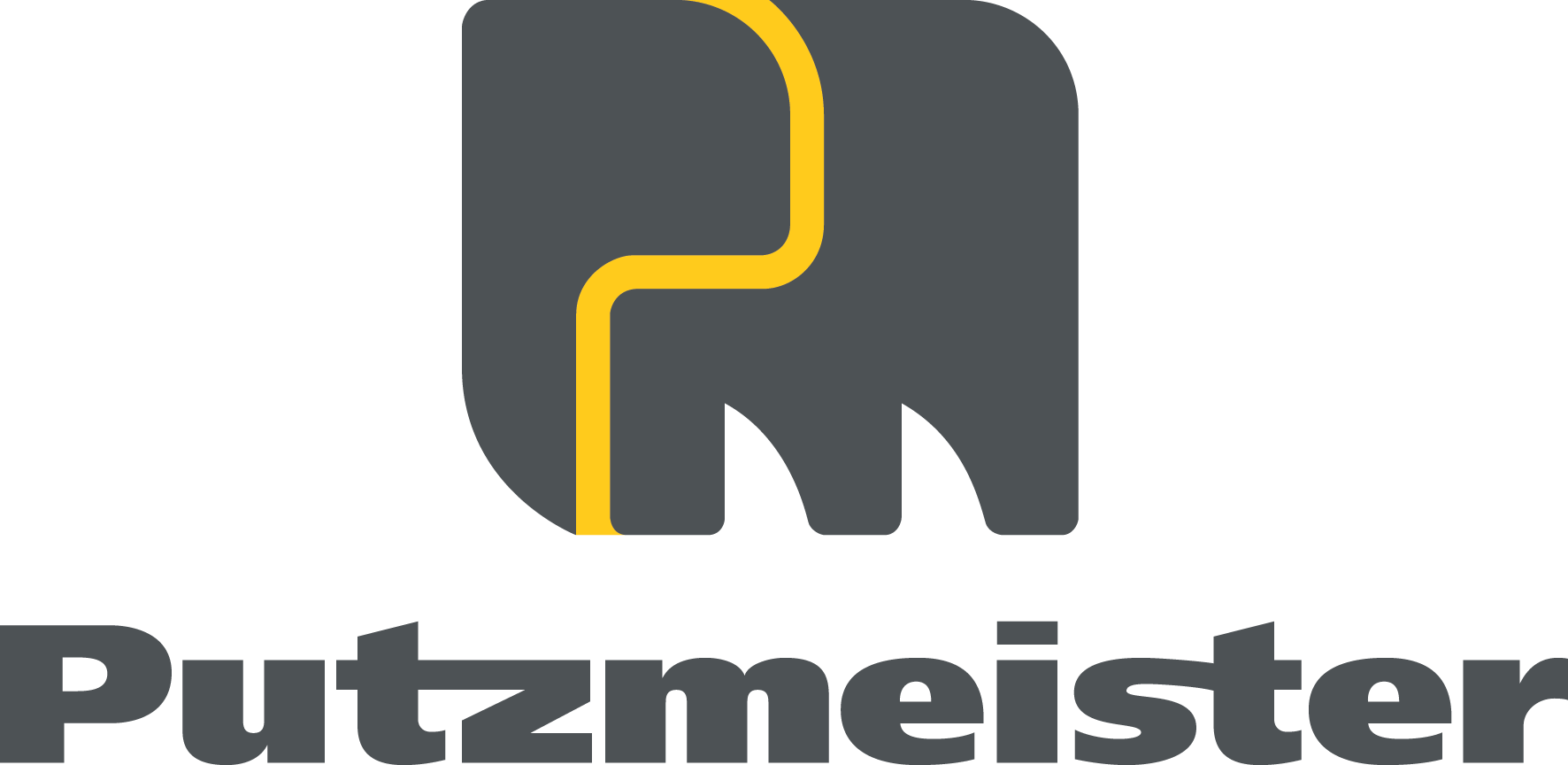



.jpg)
.gif)

.jpg)








.jpg)
